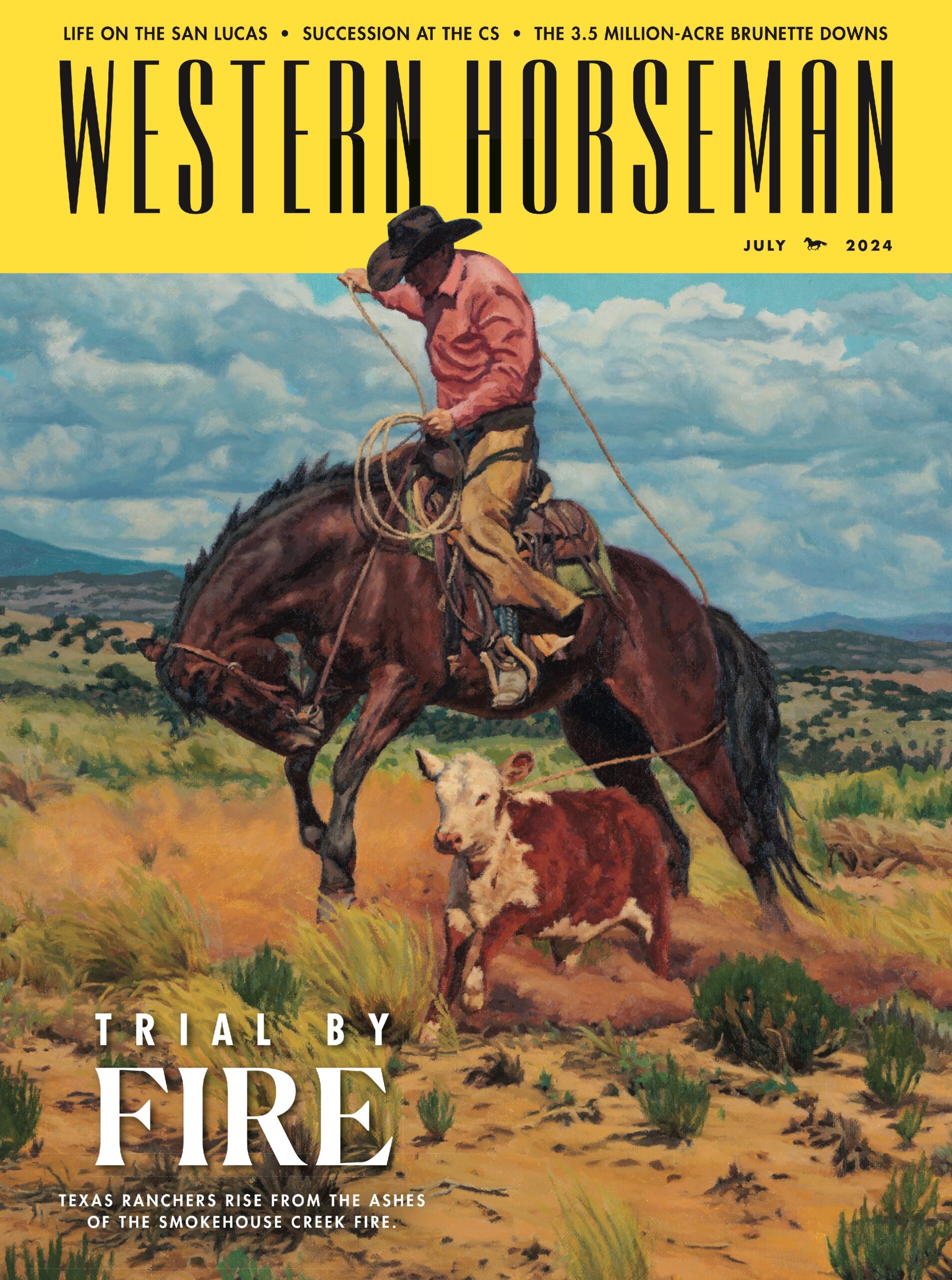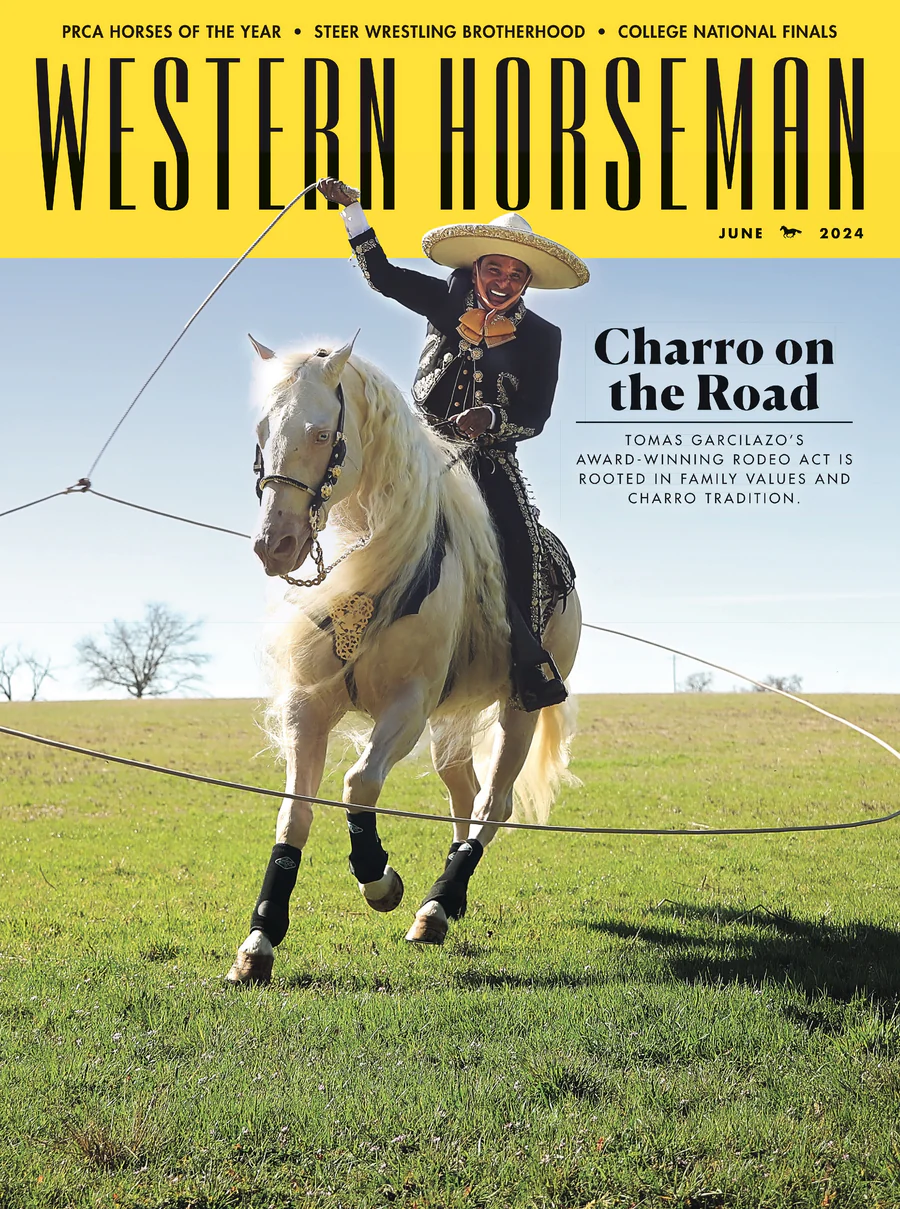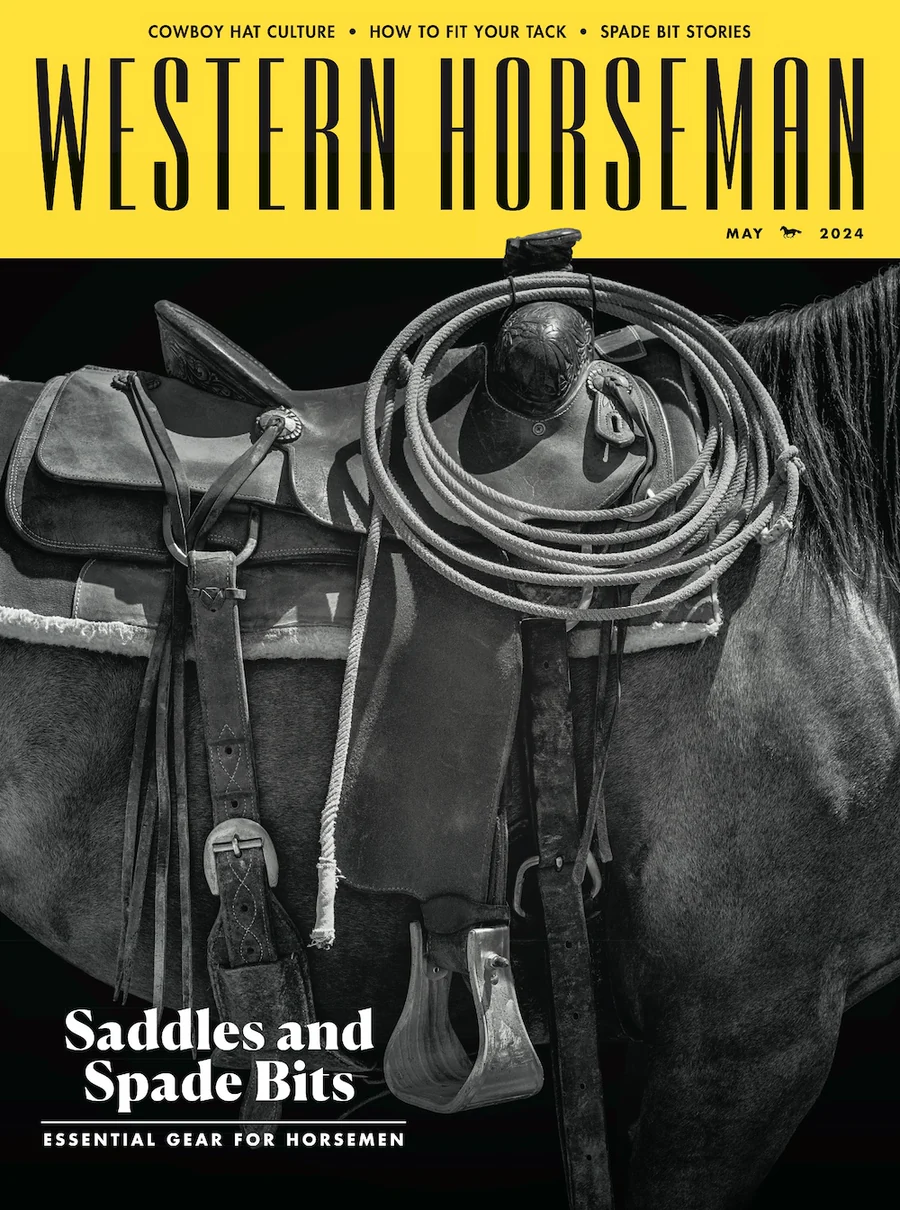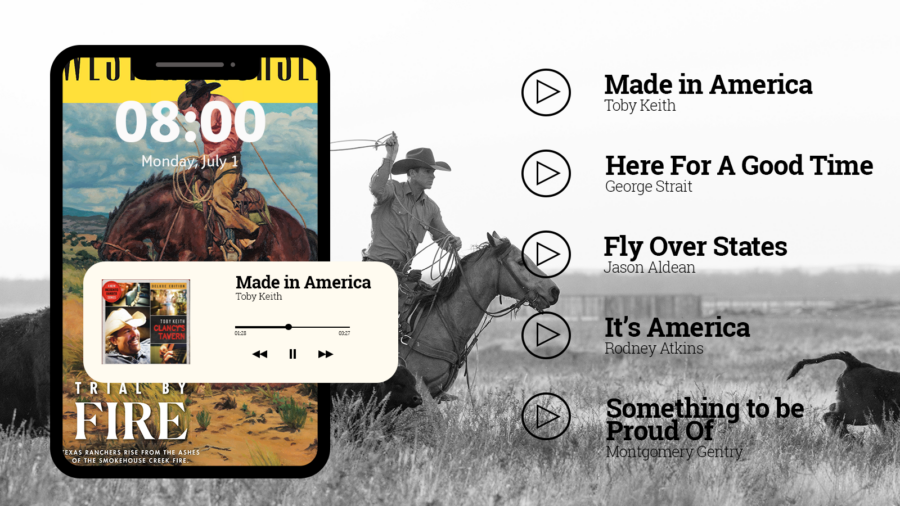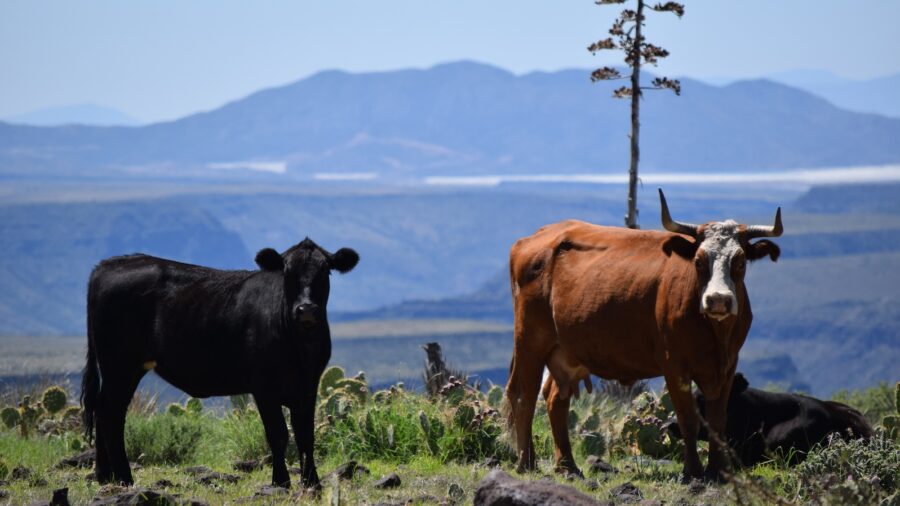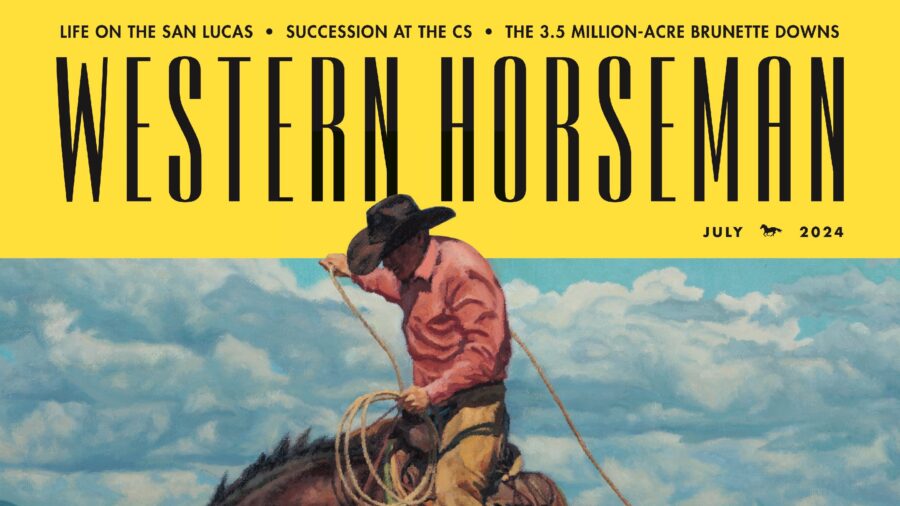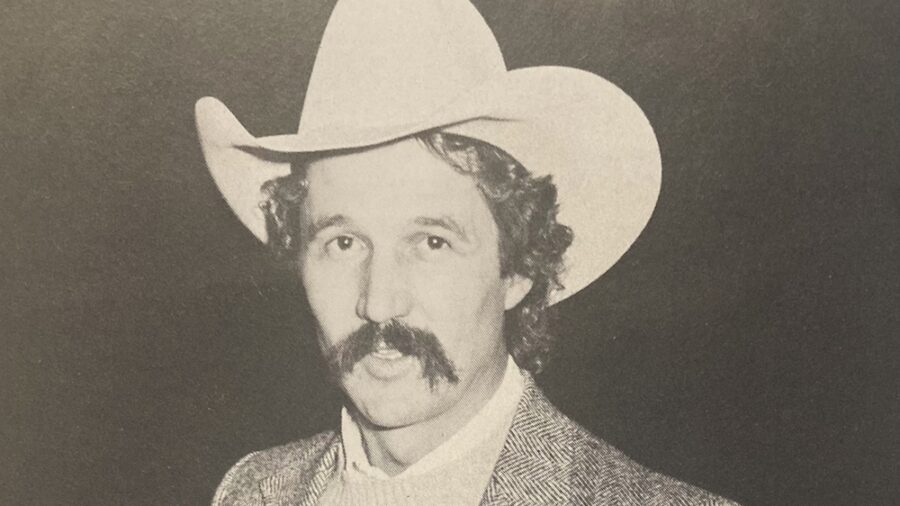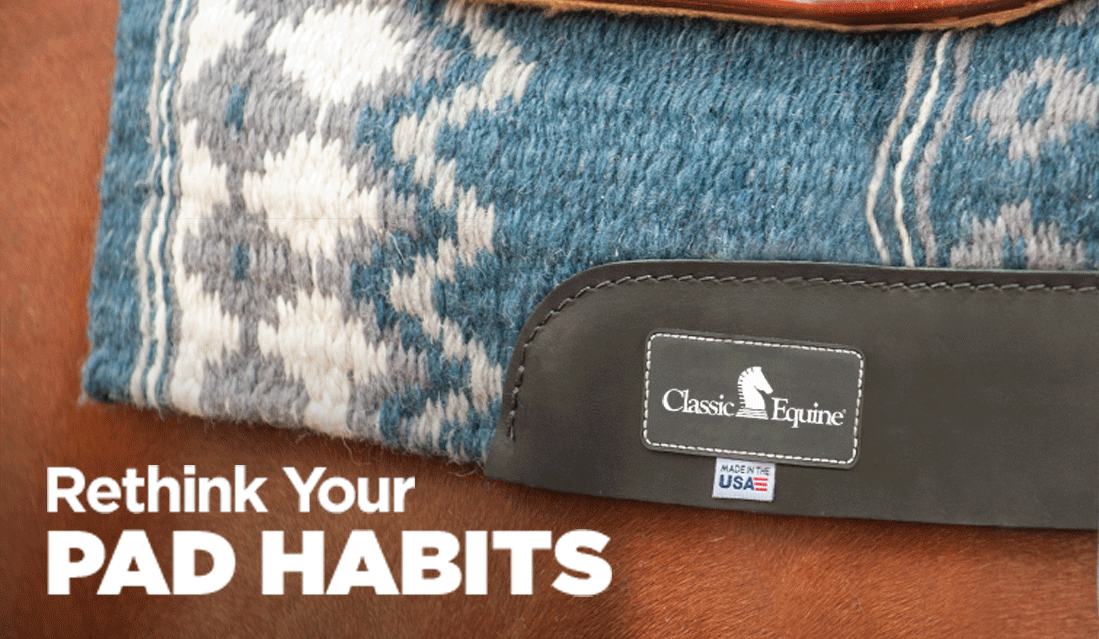 Equine career-ending injuries such as tendon, suspensory and ligament injuries, and fractures are responding well to advances in stem-cell technology, says Dr. Van Snow, DVM, of Santa Ynez, California (see WH article “Stem Cell Strides,” May 2007). The equine lameness specialist uses a handful of methods to treat these injuries, including fat-based stem-cell therapy.
Equine career-ending injuries such as tendon, suspensory and ligament injuries, and fractures are responding well to advances in stem-cell technology, says Dr. Van Snow, DVM, of Santa Ynez, California (see WH article “Stem Cell Strides,” May 2007). The equine lameness specialist uses a handful of methods to treat these injuries, including fat-based stem-cell therapy.Snow provides the following stem-cell therapy information for a suspensory injury based on his experience (cutting, reined cow horse, jumping and racing patients) and a best-case scenario. Individual cases vary, and rehabilitative programs should be adjusted accordingly.
Location and Function: The suspensory ligament is buried between the deep superficial flexor tendon and the cannon bone. The ligament runs down behind the cannon bone between the knee and the fetlock in the foreleg, and between the hock and the fetlock in the hind leg. A modified muscle, the suspensory ligament’s function is to support the fetlock.
Injury: According to Snow, suspensory ligament lesions and tears can occur throughout a horse’s lifetime, although they’re more likely to occur later in a horse’s training-when he’s fatigued or overworked in deep sand, for example, outmatched on a cow or worked too long. Conformation also plays a part in occurrence of such injuries.
Diagnosis: In order to determine the lameness source, Snow palpates the horse for soreness. Next, he watches the horse travel in both directions in a round pen (his has 1 percent slope) and on a straightaway. Flexion tests and nerve blocks (from the hoof up) are protocol until the injury is found.
“I’m never satisfied until I can make him [a horse] stop nodding his head,” Snow explains.
Meanwhile, X-rays and ultrasounds help determine the injury’s severity.
Therapy: Rehabilitation programs vary according to each individual. The injured limb is wrapped for a week after the injection to offer additional support and to discourage contamination. For the first 10 days to two weeks, the horse is hand-walked to allow the incision area to heal. Afterward, a daily regimen of underwater treadmill therapy allows the horse to exercise without compromising the healing limb. During this first month, the horse’s progress is checked weekly.
In the second month, Snow alternates every other day between underwater treadmill therapy and exercise in a self-contained hot walker, which features individual “stalls” and rubberized footing. Follow-up exams for the second month are every two weeks, depending on progress.
Ultrasound results are key to dictating the rehabilitation schedule during the third month. Horses often can be ridden lightly one day and exercised in the hot walker the next. Snow generally doesn’t recommend putting a horse back on cattle, for example, for 90 days. Provided additional checks are satisfactory, the horse will return to full performance level after six months.
For additional information on tendon, suspensory and ligament injuries, contact, Snow at Santa Lucia Farm, (805) 688-3673.
